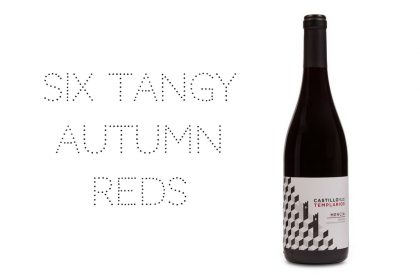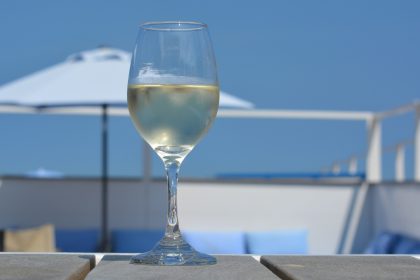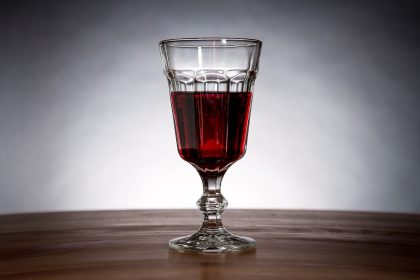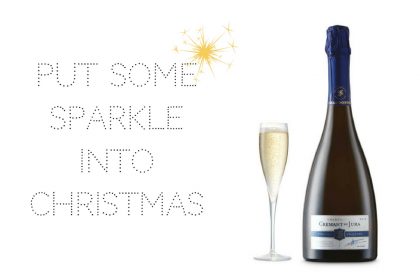Wintery red wines – Old World vs New World picks
Looking for a warming, wintery bottle of red to snuggle up with? Our resident wine expert Winebird shares her Old World vs New World wine picks.
Winter is coming. It was the temperature drop on Halloween that did it. The heating’s gone on, I’m lighting the fire in the evening and I don’t know about you, but I want my wines big and warming.
As we move away from the crunchy, leafy reds of autumn, it’s time to turn once again the meaty, ballsy wines that we can cuddle up with under a duvet.
Here are some favourites from recent tastings that handily, fall into a lovely little Old World (OW) ws New World (NW) battle, so you can teach yourself something while you sip. (Old World is essentially Europe, where they’ve been making wine for centuries, and New World is just about everywhere else.)
Momentous Malbec
- NW: Taste the Difference Morador Malbec, 2016, Sainsbury’s £8.50 or £17 in Magnum
- OW: Taste the Difference, Château les Bouysses, Cahors Malbec 2015, Sainsbury’s £12
Before Malbec exploded all over Argentina, it was, and still is, grown in France: a little bit in Bordeaux as a blending grape and a lot in Cahors (that’s the region) within southwestern France, where wines must be at least 70% Malbec.
They also call the grape Cot, Auxerrois and Pressac here because, you know, why make it easy? Cahors wine are the original Malbecs only in France, they are more inky, concentrated and black, full of mulberry spice and a cocoa powder dustiness. This one is a great example and a really good price. Drink with food and lots of air; it will be delicious!
Compare the Cahors to this classic, Argentinian Malbec with its fabulous, blueberry freshness and notes of chocolate-dipped raspberries. Two classics, one grape. Seriously good value.
Sultry Syrah
- NW: Tesco finest* Las Lomos Shiraz, Chile, 2016. Tesco, £7.00
- OW: Tesco finest* Faugères, 2015, Tesco, £9
Syrah, or Shiraz as it’s also known (yes, Syrah and Shiraz are the same grape) can go two key ways stylistically, so much so, that each way has its own name.
Syrah, originating from the Northern Rhone Valley, tends to be savoury, brooding and meaty, with flourishes of violet and garrigue. When in Shiraz mode however, the grape is more silky and jammy with notes of licorice and pepper. Take this Faugères (that’s the region in France’s Languedoc) and taste the dark, animal-esque flavour from this Syrah-dominated blend. The name itself sounds like a growl: Faugèrrrres…
The Las Lomos Chilean on the other hand, is a little lighter. Give it a good swirl as the first sniff is a bit stinky, but soon, you’ll see a pretty, violet-floral, juicy little number with a touch of spice from the oak.
Zealous Zinfandel and Punchy Primitivo
- NW: Craft 3 Zinfandel, California, 2015, M&S £10
- OW: Taste the Difference Primitivo del Salento 2016, Sainbury’s £7.50
Zinfandel, the ‘Hollywood icon’ of wine grapes, actually has its roots in Europe and it’s genetically almost identical to the Primitivo grape. Both actually are clones of a Croatian grape called Crljenak, but that was never going to catch on, was it? Primitivo and Zinfandel makes wines that are rich, purple and spirity with telltale notes of dried figs and raisins.
When in Primitivo mode, as this version is from the grape’s Italian home of Puglia, it’s a little lighter in body and higher in acidity than a Zin and often has a quirky note of beeswax and balsamic – in a good way.
Californian Zinfandel often used to be a little cloying, but many are now made in a much fresher style nowadays, such as this one from M&S, with its dried fig and bergamot note, of all things. It’s rather elegant for such a big wine and I love it. I’m sure you will too.
Winebird is a freelance writer, presenter and author of VINALOGY: wine basics with a twist! You can follow her on Twitter, and find her on YouTube.










